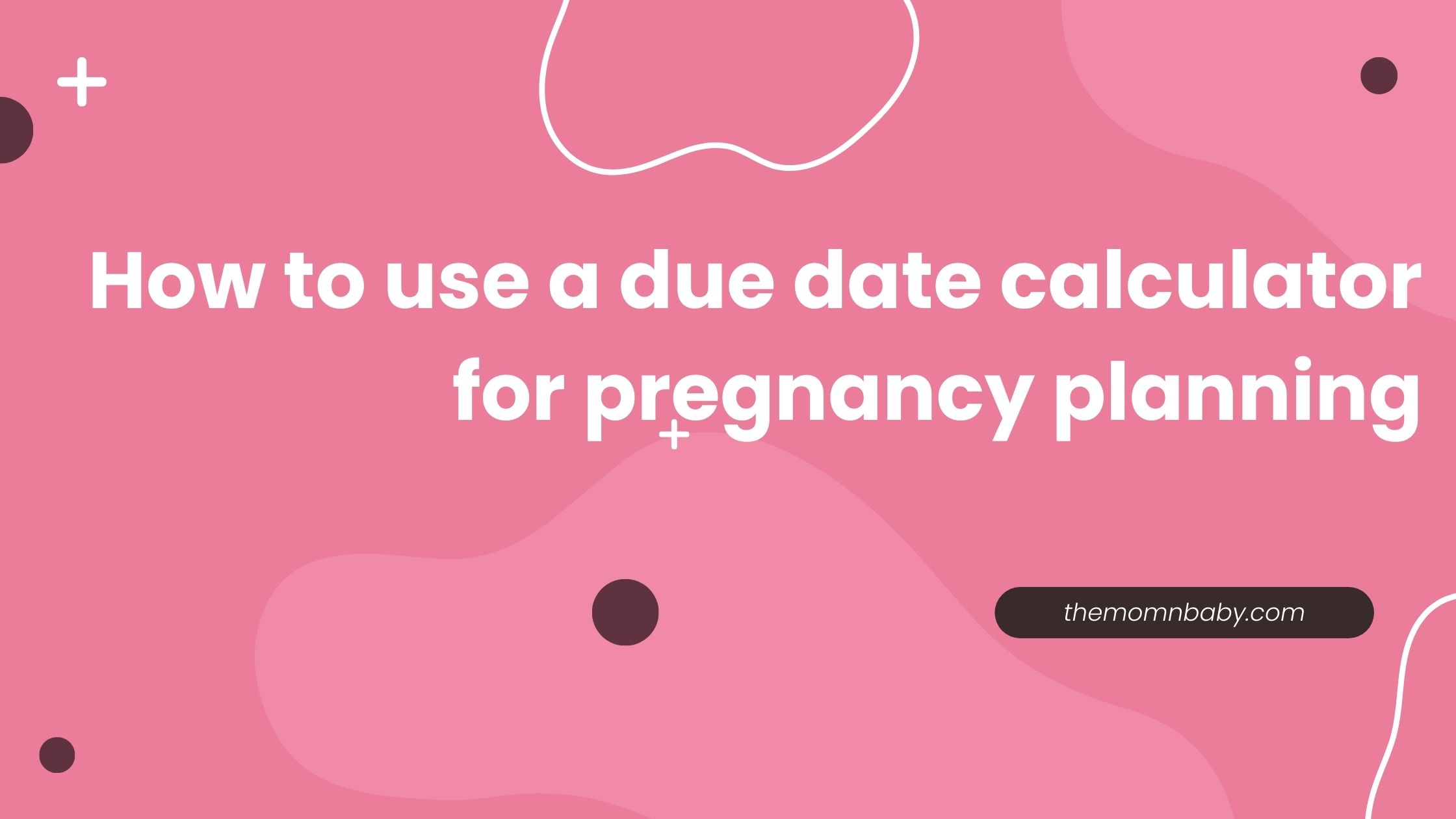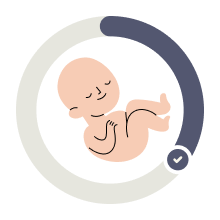The second trimester (week 17) of pregnancy is often filled with new and exciting experiences, such as feeling your baby move for the first time. As you progress through week 17, there are other things to keep an eye out for.
Pregnancy Week 17 Quick Facts
- At 17 weeks, you’re four months pregnant
- You have 23 weeks until your due time “Calculate your due date”
- You’re in the second trimester
Your Unborn Baby’s Size at 17 Weeks
At this point, your developing baby measures approximately 5.12 inches in length and has a weight of 4.94 ounces, which is roughly equivalent to the size of a pear. In terms of grams, your baby weighs around 140 grams, which is comparable to the weight of a small apple.
Pregnancy Symptoms Week 17
At week 17 of pregnancy, women may experience similar symptoms whether they are carrying a single baby or twins, but there may be some differences due to the increased demands of carrying two babies.
Some common pregnancy symptoms for both single and twin pregnancies at week 17 include:
- Weight gain
- Fatigue
- Back pain
- Mood swings
- Heartburn
- Constipation
However, there are some symptoms that may be more pronounced in twin pregnancies, including:
- Rapid weight gain
- Larger belly size
- Increased fatigue
- More frequent Braxton Hicks contractions: Women carrying twins may experience more frequent Braxton Hicks contractions as the uterus works to support both babies.
- Higher risk of gestational diabetes and preeclampsia: Women carrying twins are at higher risk for these complications.
Prenatal Tests and Doctor’s Appointments
– Single and Twin’s Baby development
At 17 weeks of pregnancy, your doctor will likely recommend a number of prenatal tests and appointments to ensure the health and development of your baby or babies. Here are some common tests and appointments you may expect:
Ultrasound: Your doctor may recommend an ultrasound to check on the growth and development of your baby or babies. An ultrasound can also reveal the sex of your baby if you wish to know.
Multiple Marker Screening: If you are carrying twins or multiples, your doctor may recommend a multiple marker screening test to assess the risk of chromosomal abnormalities and neural tube defects.
Blood Tests: Blood tests may be recommended to monitor your blood type, Rh factor, iron levels, and screen for gestational diabetes.
Doctor’s Appointments: Regular check-ups with your doctor are important to monitor the health of both you and your baby. Your doctor may check your blood pressure, weight, and listen to your baby’s heartbeat.
Anatomy Scan: If you have not had an anatomy scan yet, your doctor may schedule one for this time. This detailed ultrasound exam will evaluate your baby’s organs, bones, and overall development.
Genetic Counseling: If you have a family history of genetic disorders or have concerns about genetic risks, your doctor may recommend genetic counseling to help you understand your options for testing and treatment.
– Risk in the 17th week of pregnancy
At 17 weeks of pregnancy, there are potential risks such as miscarriage, preterm labor, gestational diabetes, preeclampsia, and multiple pregnancy complications.
Miscarriage is caused by vaginal bleeding, cramping, and the passing of tissue, while preterm labor is caused by infection, preterm rupture of membranes, and medical conditions.
Gestational diabetes is a type of diabetes that occurs during pregnancy, and preeclampsia is a serious pregnancy complication characterized by high blood pressure and damage to organs.
Developmental Milestones
The developmental milestones at 17 weeks of pregnancy are generally the same for both single and twin pregnancies, but there may be differences in the growth and development of the fetuses in twin pregnancies. These include size and weight, movement, hearing, skin, hair and nails, digestive system, and brain development.
In twin pregnancies, each fetus will have its own set of milestones and may develop at slightly different rates. These milestones include size and weight, movement, hearing, skin, hair and nails, digestive system and brain development.





